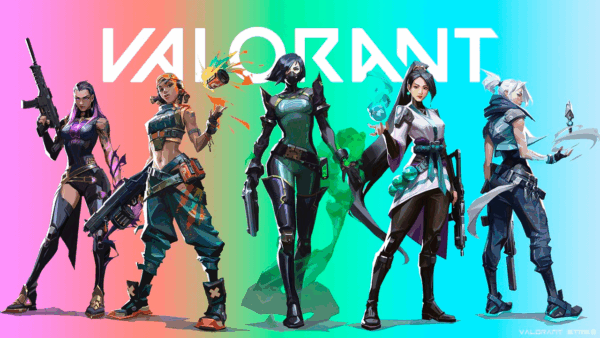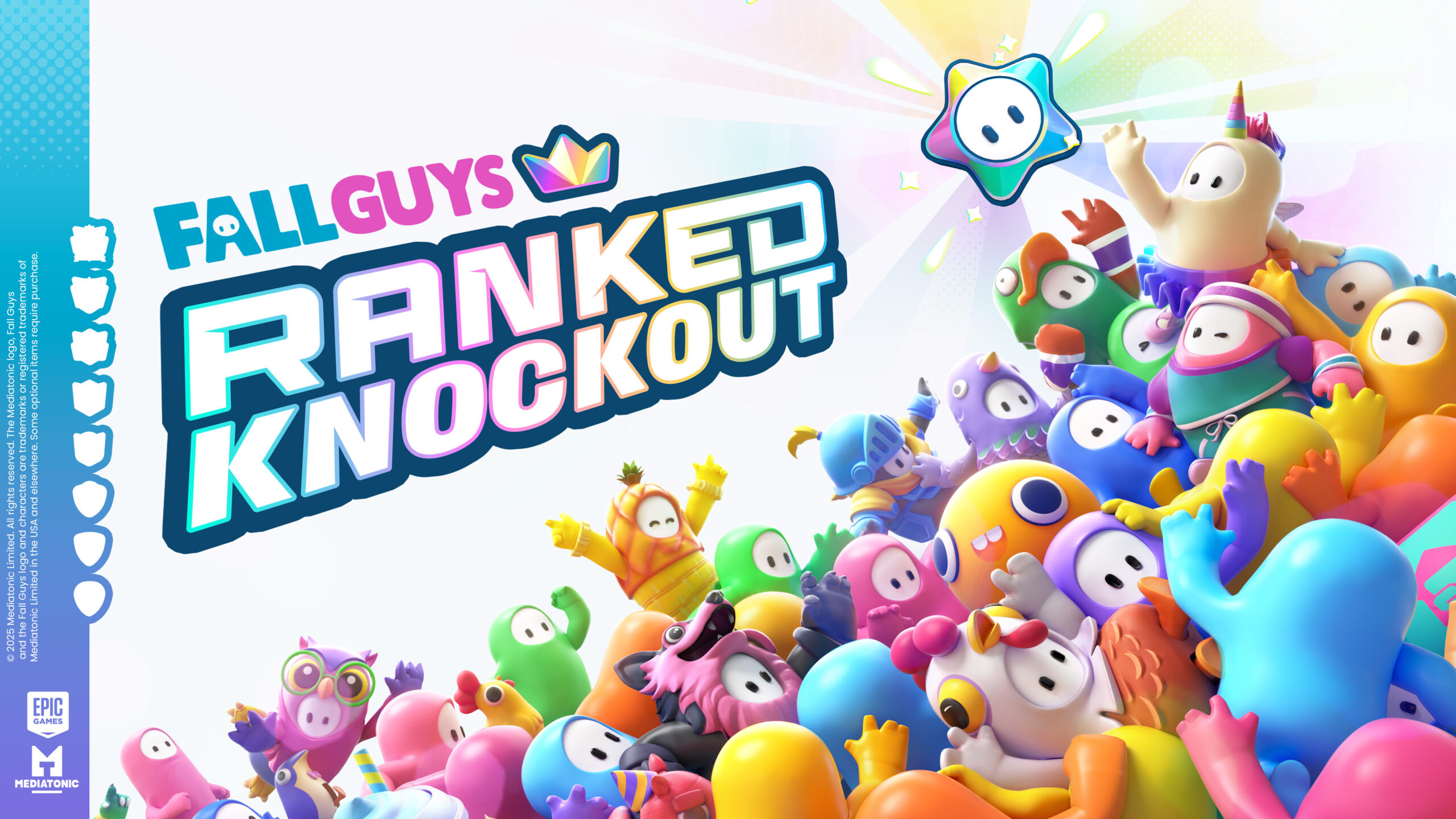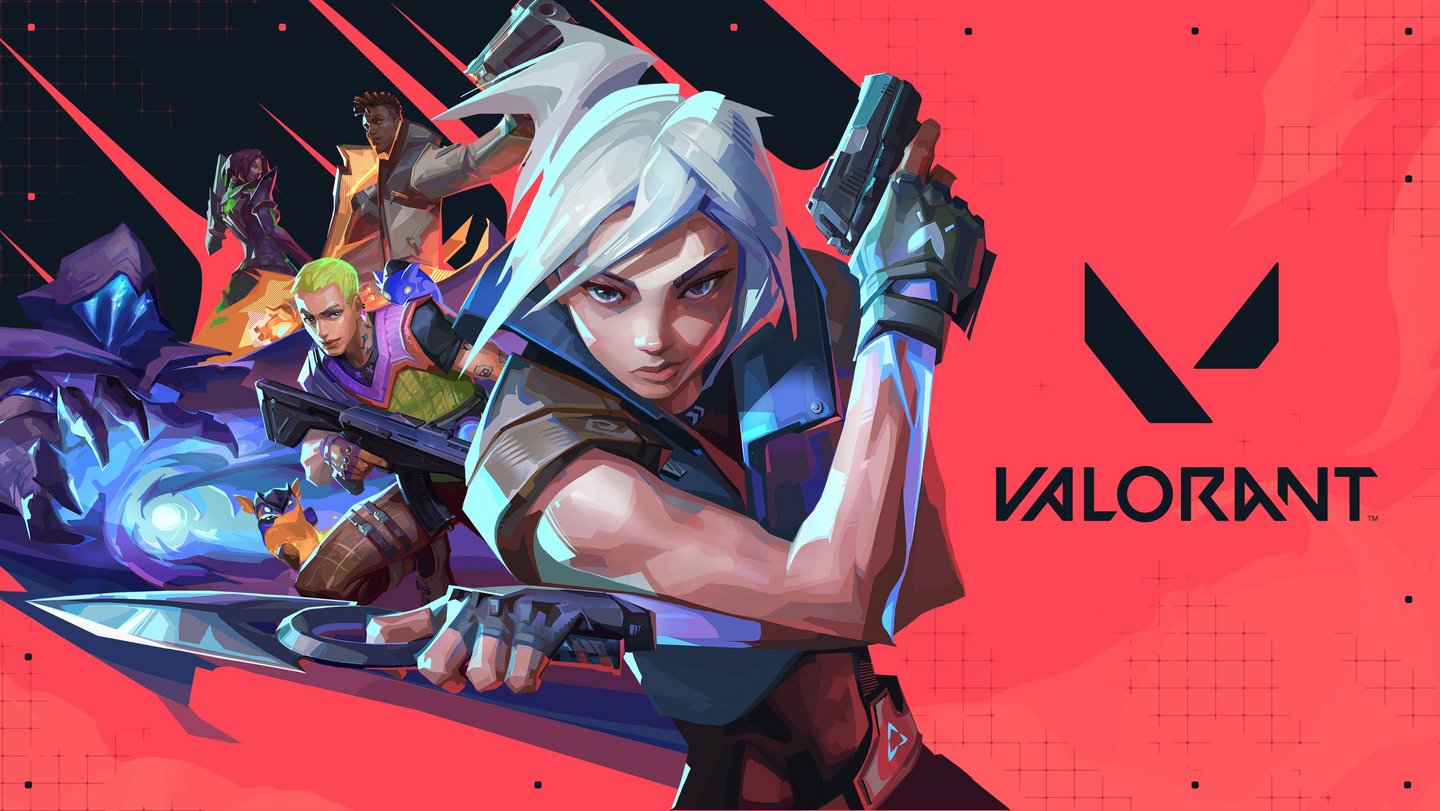Popular Now
Introduction
Valorant, developed by Riot Games, is a tactical first-person shooter that combines traditional gunplay with unique agent abilities. Unlike other FPS games, Valorant requires strategic use of character skills, communication, and map control alongside precise aiming. Whether you're new to the game or looking to climb the competitive ladder, this comprehensive guide will walk you through every major aspect of improving and mastering Valorant.
1. Understand the Basics of Valorant
Before diving into advanced tactics, it’s important to understand the core gameplay mechanics. Valorant is a 5v5 game where teams either attack or defend bomb sites. The attacking team tries to plant a "spike" (similar to a bomb), and the defending team must stop them or defuse it after it's planted.
Each match consists of 24 rounds, and the first team to win 13 rounds wins the game. Every player chooses an “Agent” before the game starts, each with unique abilities that complement their role.
Game Modes:
-
Unrated (casual play)
-
Competitive (ranked)
-
Spike Rush (quick matches)
-
Deathmatch (aim training)
-
Escalation and Team Deathmatch (casual or warm-up modes)
Winning isn’t just about shooting. It’s about positioning, timing, and teamwork.

2. Choose the Right Agent for Your Playstyle
Each agent in Valorant belongs to one of four roles: Duelist, Initiator, Controller, and Sentinel. Picking the right agent to suit your natural playstyle can drastically improve your performance.
Agent Roles:
-
Duelists: Entry fraggers who lead the charge (e.g., Jett, Reyna, Phoenix).
-
Initiators: Help open up the map with scouting tools and support (e.g., Sova, Skye, Breach).
-
Controllers: Block sight lines and control areas with smokes or walls (e.g., Brimstone, Omen, Viper).
-
Sentinels: Defenders and support agents who watch flanks or heal teammates (e.g., Sage, Killjoy, Chamber).
If you’re new, start with an easier agent like Sage (for support) or Phoenix (for self-healing). Once comfortable, explore more complex agents like Viper or Yoru.
3. Master Movement and Shooting Mechanics
Valorant emphasizes tactical movement and precise shooting. Unlike games like Call of Duty, shooting while moving is inaccurate. Mastering aim and movement is the first step to improving.
Key Concepts:
-
Counter-strafing: Tap opposite direction keys to stop instantly and shoot with full accuracy.
-
Crosshair placement: Always keep your crosshair at head level and aimed where enemies are likely to appear.
-
Recoil control: Learn weapon spray patterns, especially for rifles like the Vandal or Phantom.
Consistent aim practice is crucial. Start each session with warm-ups in the shooting range or in Deathmatch.
4. Learn Map Layouts and Callouts
Map knowledge is a powerful weapon. Each Valorant map has unique callouts, choke points, and angles to hold or clear.
Maps to Know:
-
Ascent
-
Bind
-
Haven
-
Lotus
-
Icebox
-
Sunset
-
Breeze
-
Split
Spend time walking through each map in custom games. Learn:
-
Callouts used by teammates
-
Common hiding spots
-
Spike plant zones
-
Rotational paths
A player who knows the map well will anticipate enemy movements and control space more effectively.

5. Use Abilities with Purpose
Abilities in Valorant aren't for random use. They're tactical tools designed to gain an edge, control space, or gather information.
Good Utility Usage Includes:
-
Smokes to block vision while planting or pushing.
-
Flashes to blind enemies before entering.
-
Recon tools (like Sova’s dart or Fade’s haunt) to reveal enemy positions.
-
Healing teammates or reviving in safe situations.
Don't waste utility. Coordinate with your team. For example, use a flash before a teammate enters a site or save smokes for the post-plant scenario.
6. Communicate and Coordinate with Your Team
Communication is key in Valorant. Even if you don’t use a microphone, you can contribute through pings or the in-game text chat.
What to Communicate:
-
Where you saw enemies.
-
If you hear footsteps or utility.
-
Your plan (e.g., “I’m flashing B,” “Let’s rotate A”).
Keep it clear and calm. Avoid blaming teammates or tilting. Positive communication builds better team cohesion and performance.
7. Understand Economy and Buy Rounds
Valorant has an in-game economy system. Knowing when to buy or save is just as important as aim.
Types of Rounds:
-
Eco round: You save money by only buying pistols or light armor.
-
Full buy: Buying rifles, full armor, and abilities.
-
Force buy: Spending all your money, even if it’s not enough for a full loadout.
-
Bonus round: You keep your previous round's weapons even after a win.
Make sure your purchases align with your team. Solo forcing can ruin team economy. Use the request system to ask for a drop when needed.

8. Create a Daily Practice Routine
Consistency is the secret to improvement. A solid warm-up and practice routine will make your aim sharper and your reaction time faster.
Sample Routine:
-
10–15 minutes of Aim Lab or the practice range.
-
1–2 Deathmatch games to practice real scenarios.
-
Focus on crosshair placement and movement.
Record your progress weekly to see improvements in your accuracy and confidence. Don’t skip warm-ups—your first few rounds in ranked can decide the game.
9. Watch, Learn, and Analyze Gameplay
To improve quickly, watch professional players or analyze your own games. You’ll begin to notice patterns, mistakes, and better ways to play certain situations.
What to Study:
-
How players peek corners
-
When they use utility
-
Their movement and crosshair placement
-
How they play post-plant situations
Record your matches and review them after a loss. Ask yourself:
-
Was I positioned poorly?
-
Did I use my utility well?
-
Was I playing too aggressively or passively?
Learning from mistakes is faster than repeating them.
10. Climb the Ranked Ladder Strategically
Ranking up in Valorant takes more than just aim. You need a strategic mindset, consistent performance, and strong mental fortitude.
Tips to Rank Up:
-
Stick to 2–3 agents and master them.
-
Queue with a trusted teammate for better coordination.
-
Avoid playing when tilted or tired.
-
Focus on winning rounds, not chasing kills.
Play to your role. If you’re a support player, don’t worry about top fragging—worry about helping your team win the round. Over time, good habits will push you up the ranks.
Conclusion
Mastering Valorant is a combination of mechanical skill, tactical decision-making, and strong team dynamics. By understanding the game’s foundation, choosing the right agent, mastering maps, and staying consistent in your training, you’ll gradually evolve from a casual player into a ranked warrior. Always stay open to learning, and remember: improvement is a journey, not a sprint.
Stay sharp, play smart, and good luck on the climb!


















